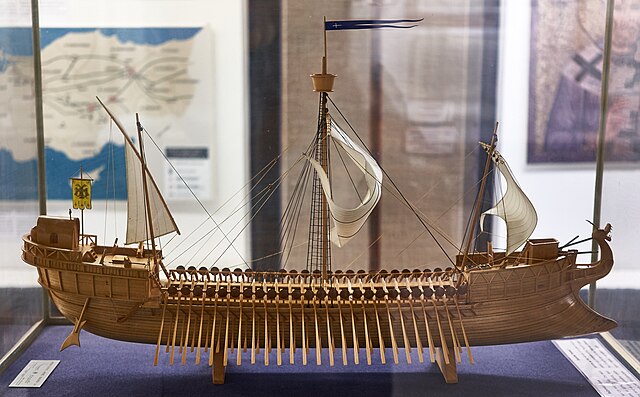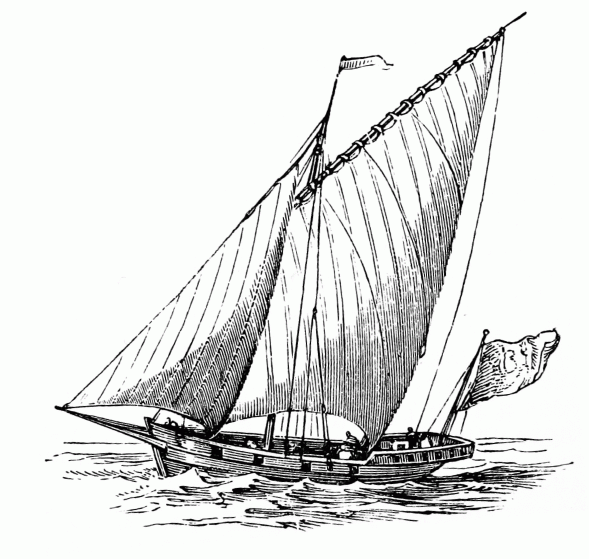Difference between revisions of "Language/Multiple-languages/Culture/Traditional-Vehicles:-Western-Asia"
< Language | Multiple-languages | Culture
Jump to navigation
Jump to search
(→Vessel) |
|||
| Line 14: | Line 14: | ||
|https://upload.wikimedia.org/wikipedia/commons/thumb/1/1c/Model_of_a_Byzantine_warship_%28dromon%29_at_Athens_War_Museum_on_12_April_2019.jpg/640px-Model_of_a_Byzantine_warship_%28dromon%29_at_Athens_War_Museum_on_12_April_2019.jpg | |https://upload.wikimedia.org/wikipedia/commons/thumb/1/1c/Model_of_a_Byzantine_warship_%28dromon%29_at_Athens_War_Museum_on_12_April_2019.jpg/640px-Model_of_a_Byzantine_warship_%28dromon%29_at_Athens_War_Museum_on_12_April_2019.jpg | ||
|- | |- | ||
| | |||
* ''falūka'' فَلُوكَة [ara] | * ''falūka'' فَلُوكَة [ara] | ||
* feluca [ita] | * feluca [ita] | ||
Revision as of 21:42, 16 October 2024

Vessel
| vehicle | place of origin | time | image |
|---|---|---|---|
|
Mediterranean Sea | 5th century | 
|
|
Mediterranean Sea | 
| |
|
Mediterranean Sea | 17th century | 
|
|
Mesopotamia | 9th century BC | 
|
|
Mediterranean Sea | 16th century | 
|
